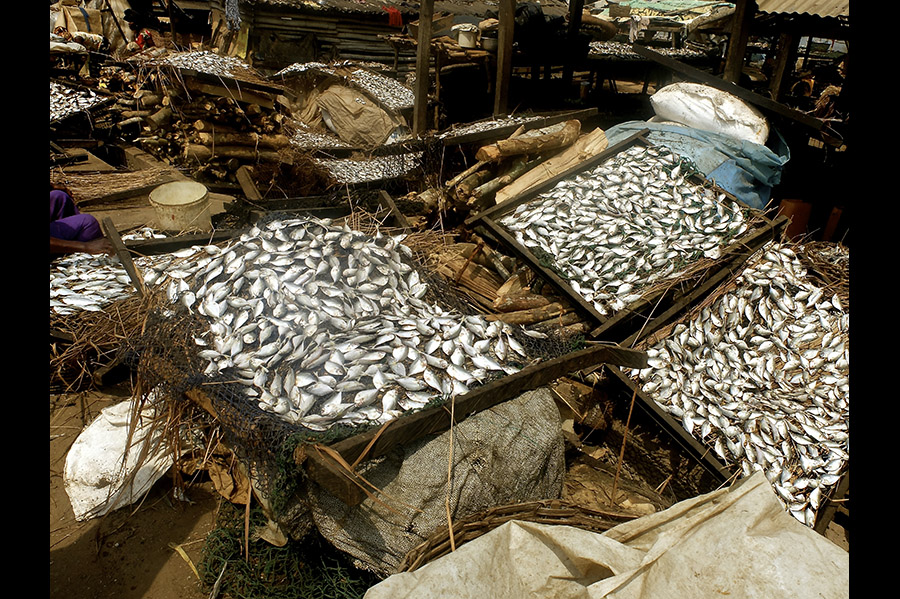“Most people I know back home have no connection at all to the food they eat…I went to NYU-Accra with this framework in mind: I wanted to see how Ghanaian people interacted with their food.”
Yams
Growing up in Northern California, my family was able to not only grow our own fruits and veggies in our backyard but also visit the region where a majority of the United States’ produce is grown: the Central Valley. Cherry picking at a family-owned and operated orchard in Brentwood was and continues to be an annual event for us, and occasionally we’re able to add peaches and strawberries to this harvest. This makes us an oddity in the black community.
Living in a city comprised mainly of minorities who have more access to corner stores than grocery stores, most people I know back home have no connection at all to the food they eat, much less to healthy produce. Whereas my family has a tradition structured upon agriculture, the friends I share our cherries with complain that these fresh ones don’t taste like maraschino cherries from a jar or cherry soda from the gas station. Is this distaste inherent to African-American culture? No, it likely came after years of being allowed access only to the foods that were leftover and unwanted, a history that can be traced from blacks eating table-scraps during slavery to grocery outlets and day-old bread sales in the few grocery stores in minority areas presently.
I went to NYU-Accra with this framework in mind: I wanted to see how Ghanaian people interacted with their food. Contrary to blacks in America, these people literally live among their foodstuffs, growing in plots next to their homes, distributing food from the centers of their communities, and cooking with food freshly delivered from local farmers and fisherman.
It’s not about culture, it’s about accessibility. What we have not fully taken advantage of in the United States is the ability to grow in urban settings. That, I think, is the key to transforming how the people who are part of cultures that disproportionately suffer from non-communicable nutritional health ailments can begin to think differently about their food.







